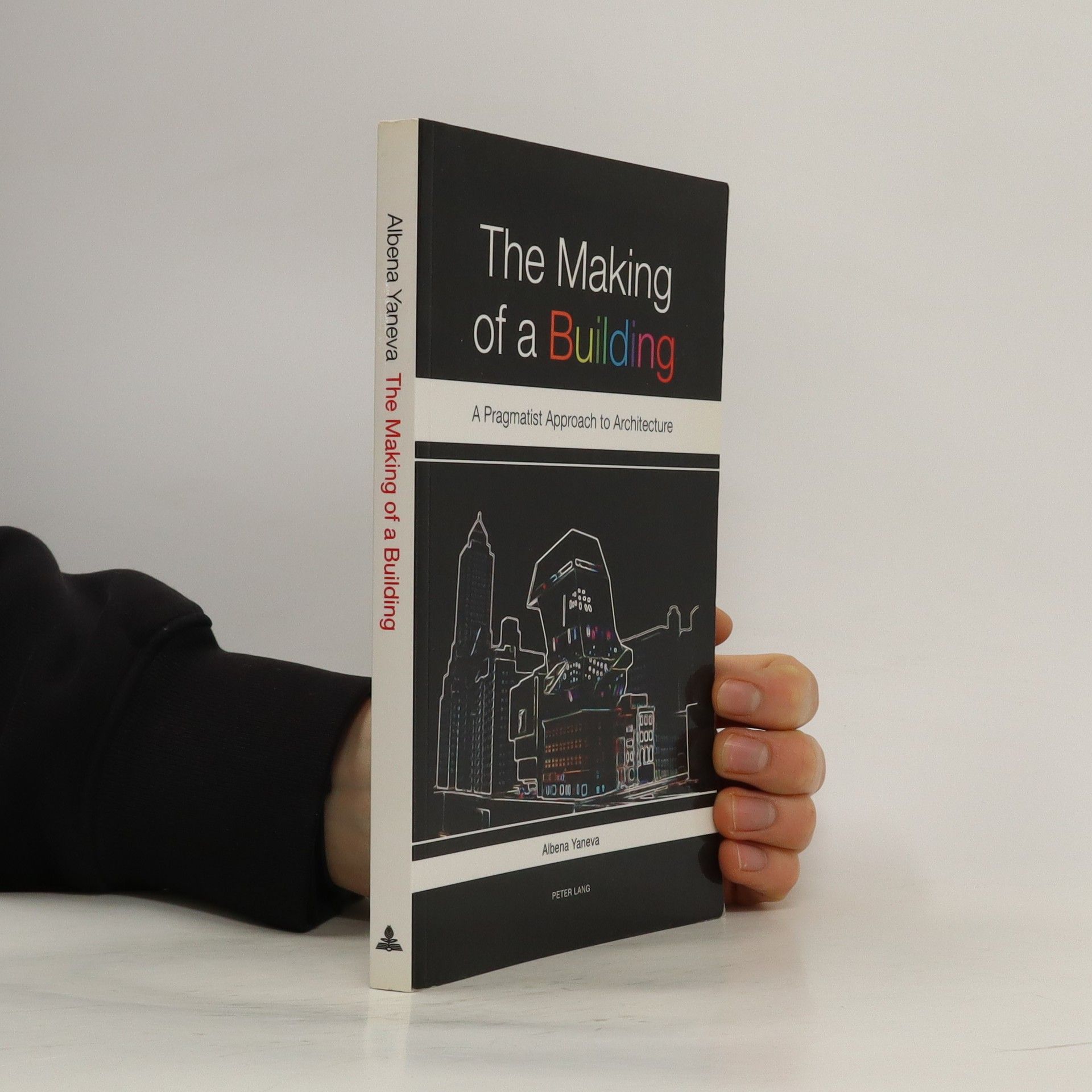Exploring the daily operations at the Canadian Centre for Architecture, this work highlights the collaborative nature of architectural design, emphasizing the contributions of archivists, librarians, and curators. Yaneva argues that the process of creating architectural archives serves as a crucial reflection of design's cultural significance in modern society, showcasing how these archives embody the collective efforts involved in the design process.
Albena Yaneva Libri
Albena Yaneva è un'antropologa dell'architettura il cui lavoro abbraccia i confini disciplinari della teoria architettonica, degli studi di scienza e tecnologia, dell'antropologia cognitiva e della filosofia politica. La sua ricerca approfondisce i modi intricati in cui vengono costruiti oggetti architettonici e città, e come queste costruzioni modellano il pensiero e la società umana. Yaneva si concentra sull'esame critico dei processi che formano i nostri ambienti urbani, esplorando le supposizioni non dette e le forze politiche incorporate nell'architettura. Il suo approccio interdisciplinare offre una prospettiva unica sulle complessità della costruzione del mondo che abitiamo.





How do architects learn about a building-to-be? How does a building emerge and gain reality in the model shop, in scaling, in option making, in architects’ – and engineers’ – discussions, in public presentations? What does it mean to design? What does it mean to add a building to the city? Drawing on rare ethnographical material of architects at work at the Office for Metropolitan Architecture (OMA) of Rem Koolhaas in Rotterdam in the period 2001-4, this book offers a novel account of the social and cognitive complexity of architecture in the making. The author dismisses both stylistic periodization and socio-political constructivist methods as being inadequate to the task of understanding the dynamic process of how architects generate design through space and materiality, instead showcasing the potentials of the pragmatist approach as a research tool in the field of architecture. Offering a new way of understanding architecture as practice that takes place within the interactive networks of human and non-human actors, the book also tells the intriguing story of the extensions of the Whitney Museum of American Art in New York.
Architecture after Covid
- 224pagine
- 8 ore di lettura
A 'parasite' in the city -- The laboratorization of urban space -- Pandemic variations of design practice -- Architectural research extended to things.
Latour for Architects
- 140pagine
- 5 ore di lettura
Latour for Architects is the first introduction to the key concepts and ideas of Bruno Latour that are relevant to architects.
Five Ways to Make Architecture Political
- 200pagine
- 7 ore di lettura
Five Ways to Make Architecture Political presents an innovative pragmatist agenda that will inspire new thinking about the politics of design and architectural practice. Moving beyond conventional conversations about design and politics, the book shows how recent developments in political philosophy can transform our understanding of the role of the architect. It asks: how, when, and under what circumstances can design practice generate political relations? How can architectural design become more 'political'? Five central chapters, which can be read alone or in sequence, explore the answers to these questions. Powerfully pragmatic in approach, each presents one of the 'five ways to make architecture political', and each is illustrated by case studies from a range of contemporary situations around the world. We see how politics happens in architectural practice, learn how different design technologies have political effects, and follow how architects reach different publics, trigger reactions and affect different communities worldwide. Combining an accessible introduction to contemporary political concepts with a practical approach for a more political kind of practice, this book will stimulate debate among students and theorists alike, and inspire action in established and start-up practices.